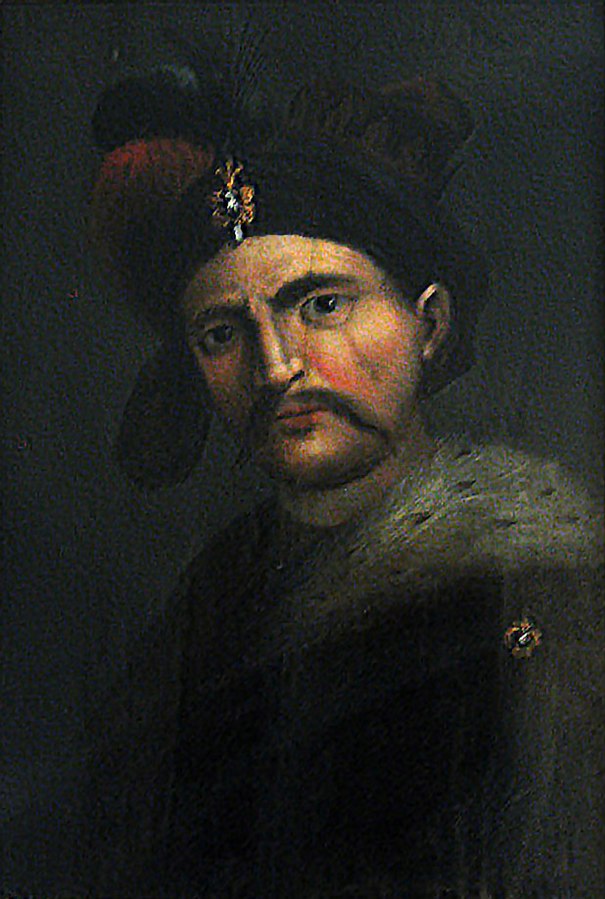
Persia in Early Seventeenth-Century Italy. Myth, Diplomacy, Propaganda and “Orientalism”
Dr. Davide Trentacoste
The Haifa Center for Mediterranean History (HCMH)

The dynasties that ruled the territory that roughly corresponds to present-day Iran, which was generally called Persia, were always at the center of Christian Europe’s diplomatic interest. Over the centuries, time after time Europe faced serious threats from the Levant, such as the Seljuks, the Mamluks, the Ottomans, just to name a few of the most prominent examples. To face them, Christian rulers turned to Iran in an attempt to make military alliances against common enemies, for instance with the Ilkhanids against the Mamluks or with Tamerlane against the Ottomans.
The advent of the Safavid dynasty in 1501 gave the final impetus to this trend and considerably strengthened the relationship with Persia so that the Safavid Shah, the mythical Sophy, became a well-known figure in Catholic Europe. With the emergence of the Safavids, we may speak of a veritable “Persophilia” which had very important implications in Italy more than elsewhere, affecting not only the diplomatic and military field, but also, and perhaps above all, the cultural sphere.
Through the analysis of the case-study on the relations between the Medici Grand Duchy of Tuscany and Safavid Iran, the seminar aims to show Persia’s cultural and diplomatic role in Italy in the early seventeenth century.
Thursday, 18 May 2023
Gathering: 12:00 | Start of lecture: 12:15
Room #134, New library wing
University of Haifa

